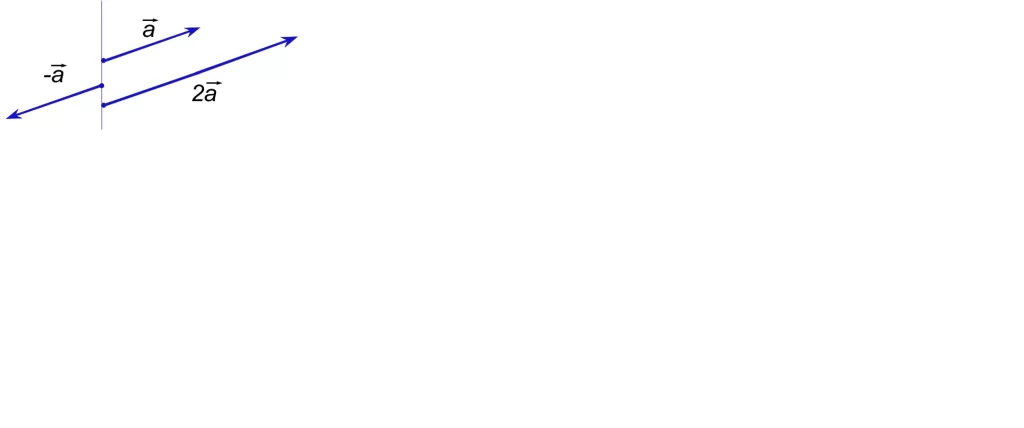Difference between Scalars and Vectors
Difference between Scalars and Vectors are tabulated below:
| Scalar | Vector |
| A scalar quantity has only magnitude, but no direction. | Vector quantity has both magnitude and direction. |
| Every scalar quantity is one-dimensional. | Vector quantity can be one, two or three-dimensional. |
| It changes with the change in their magnitude | It changes with the change in their direction or magnitude or both. |
| Scalar quantity cannot be resolved as it has exactly the same value regardless of direction. | Vector quantity can be resolved in any direction using the sine or cosine of the adjacent angle. |
| Any mathematical operation carried out among two or more scalar quantities will provide a scalar only. However, if a scalar is operated with a vector then the result will be a vector. | The result of mathematical operations between two or more vectors may give either scalar or vector. For example, the dot product of two vectors gives only scalar; while, cross product, summation, or subtraction between two vectors results in a vector. |
| One scalar quantity can divide another scalar. | One vector cannot divide another vector. |
| Measurement : Simple | Measurement : Complex |

What is a Scalar Quantity?
A scalar quantity is a physical quantity that depends upon its magnitude only. Therefore, it is always one-dimensional. Why? Because it does not have any direction to be two or three-dimensional quantity.
In other words, scalars are nothing but merely a number accompanied by their measuring units. According to the scalar quantity definition, the resultant of two scalar quantities is always scalar.
Consequently, any algebraic operation is possible, only and only if, both the scalar quantities have the same measuring units. Moreover, a scalar quantity is denoted by nothing. WHY? Because there is no specific direction to represent.
Since the magnitude of a scalar quantity is the same in every direction. Therefore, there is no need to resolve it further.
Examples of Scalar Quantity
There can be so many examples of a scalar quantity. Some of them are listed below!
- Mass
- Electric charge
- Gravitational force
- Speed
- Time
- Charge density
- volume
- Temperature, etc.
What is a Vector Quantity?
A vector quantity is a physical quantity that depends on both magnitudes as well as the direction of its application. Just because a vector quantity has direction, it can be either one, two, or three-dimensional quantity.
According to the vector quantity definition, a vector can only be solved using vector algebra. A vector quantity is denoted by an arrow placed over the magnitude of the vector.
Moreover, the resultant of two vector quantities can either be a scalar or a vector, of course, depending on the method of its application.
In other words, the dot product of two vectors is a scalar quantity. That’s why the dot product of vectors is also known as the scalar product.
Similarly, the cross-product of two vectors is a vector quantity. That’s why the cross product of vectors is also known as the vector product. Furthermore, the vectors can be resolved with the help of sine or cosine of the angles between two vector quantities.
To put it differently, the dot product of vectors is resolved with the help of the sine of the adjacent angles. On the other hand, the cross-product of vectors is resolved with the help of the cosine of the adjacent angles.
Examples of Vector Quantity
There can be so many vector quantity examples in real life. Some of them are listed below!
- Velocity
- Acceleration
- Electric field
- Displacement
- Polarization
- Linear momentum
- Force, etc.
Also refer :
- Difference Between Ductility And Malleability
- Download the pdf of Important MCQs From the History Of Ancient India
- List Of Important Inscriptions In India








